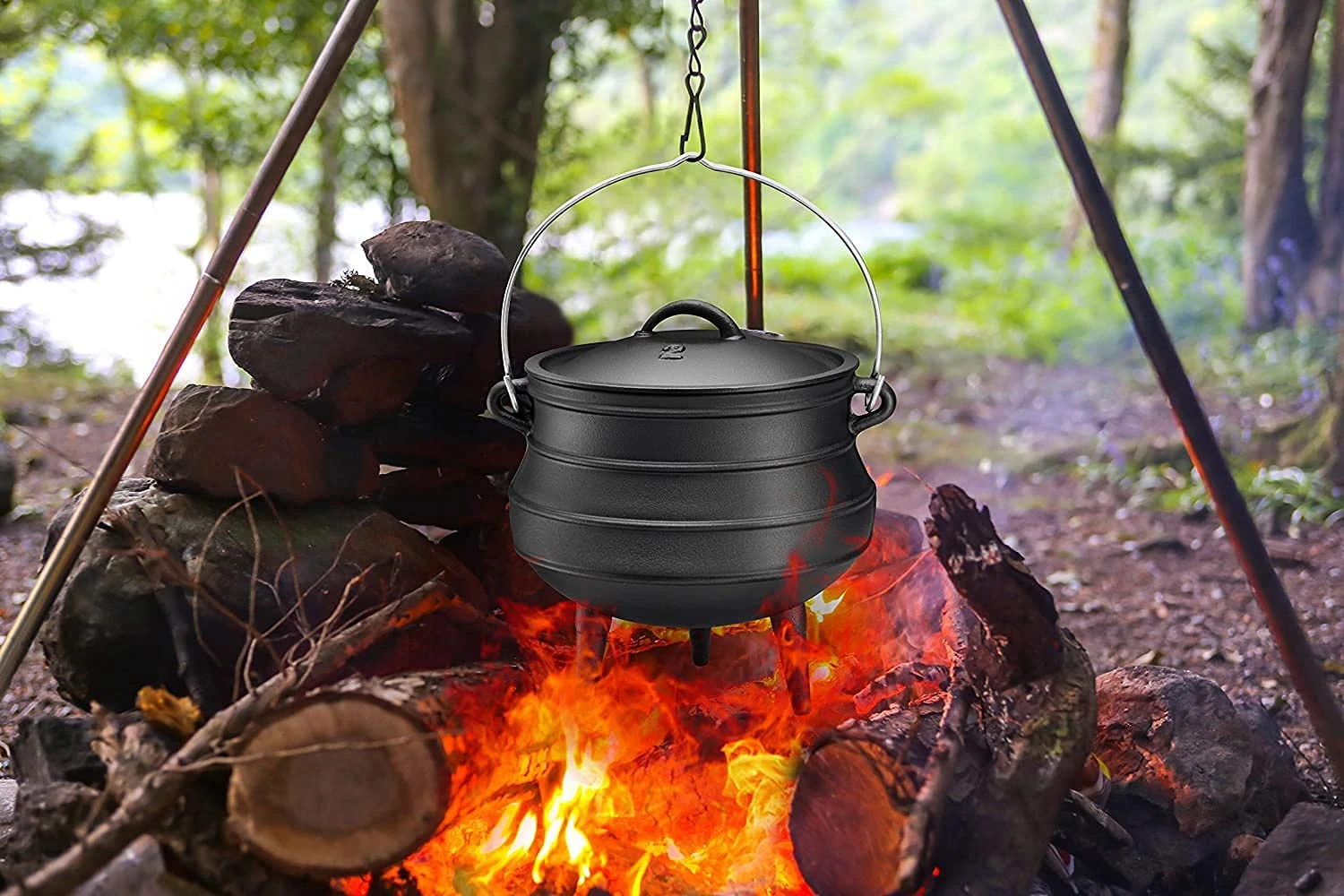
Exploring the Versatility of Dutch Ovens for Green Cooking Ideas
Embracing the Dutch Oven A Green Journey to Culinary Excellence
In the world of cooking, there exists a versatile and timeless tool that has been cherished for centuries the Dutch oven. This heavy, cast-iron pot is not only a staple in many kitchens but also a symbol of comfort, tradition, and sustainability—qualities that resonate deeply with the concept of going green. In this article, we will explore the remarkable benefits of using a Dutch oven, how it contributes to sustainable cooking practices, and why it should have a permanent place in your kitchen.
The Dutch Oven A Culinary Workhorse
The Dutch oven’s design is what makes it so effective. Made typically from cast iron, which retains heat beautifully, these pots come with a tight-fitting lid that allows for excellent moisture retention. This means that meals can be cooked slowly, allowing flavors to meld and intensify without the need for high-energy cooking methods. Whether you’re braising meats, baking bread, or simmering stews, the Dutch oven does it all, making it a true culinary workhorse.
Versatility in Cooking
One of the standout features of a Dutch oven is its versatility. It can be used on the stovetop, in the oven, or even over an open flame, making it perfect for various cooking styles. From hearty one-pot meals to baking artisanal bread, this pot can handle it all. You can start your dish on the stovetop to achieve a beautiful sear and then transfer it to the oven for slow cooking, ensuring every ingredient is cooked to perfection.
Sustainability and Energy Efficiency
In our current climate, it is essential to consider how our food choices and cooking methods impact the environment. The Dutch oven exemplifies sustainable cooking. By utilizing just one pot for various cooking tasks, it significantly reduces the need for multiple pans and dishware, leading to less water and energy usage when it comes to cleaning up.
Moreover, because Dutch ovens excel at retaining heat, they require less energy to maintain cooking temperatures. You can often turn off the heat a bit earlier than customary and let the residual heat finish cooking your meal. This diminishes your energy consumption while allowing for tender and flavorful results.
Cookware Longevity and Reduced Waste
Another green aspect of the Dutch oven is its durability. Unlike non-stick or aluminum cookware that may need to be replaced often, a well-cared-for Dutch oven can last a lifetime, or even be passed down through generations. Investing in quality cookware diminishes the cycle of waste associated with disposable and less durable kitchen items. When you choose a cast-iron Dutch oven, you’re not only getting a reliable cooking companion but also making a choice that reflects a more sustainable lifestyle.
dutch oven green

Incorporating Seasonal Ingredients
Using a Dutch oven also invites cooks to embrace seasonal ingredients, which is another cornerstone of sustainable cooking. The ability to make hearty soups, stews, and casseroles encourages the use of vegetables and grains that are in season. This practice not only supports local farmers and reduces transportation emissions but also enhances the flavors in your dishes.
A Recipe to Get You Started
To help you embrace the Dutch oven and its green potential, here’s a simple recipe for a vegetable stew that showcases the versatility of this marvelous pot
Ingredients
- 1 tablespoon olive oil - 1 onion, chopped - 2 carrots, sliced - 2 stalks celery, chopped - 3 cloves garlic, minced - 1 bell pepper, chopped - 4 cups vegetable broth - 1 can diced tomatoes - 2 cups seasonal vegetables (zucchini, squash, leafy greens) - 1 tablespoon dried herbs (thyme, rosemary, or your favorite blend) - Salt and pepper to taste
Instructions
1. Heat the olive oil in the Dutch oven over medium heat. Add the onion and sauté until translucent. 2. Add the carrots, celery, and garlic, cooking for about 3-4 minutes until softened. 3. Stir in the bell pepper, vegetable broth, diced tomatoes, and herbs. Bring to a simmer. 4. Add the seasonal vegetables, cover, and let cook for 30-40 minutes on low heat until all vegetables are tender. 5. Season with salt and pepper before serving.
Conclusion
The Dutch oven is more than just a cooking pot; it embodies a philosophy of sustainable living through its energy efficiency, longevity, and ability to highlight the best seasonal produce. By including a Dutch oven in your cooking repertoire, you are not just preparing delicious meals but also making a positive impact on the environment. So, as you embrace the wonderful world of Dutch oven cooking, remember that every meal is an opportunity to make choices that align with a more sustainable future. Happy cooking!
-
Season Cast Iron Perfectly with GPT-4 Turbo TipsNewsAug.01,2025
-
High Quality Cast Iron Cookware - Baixiang County Zhongda MachineryNewsAug.01,2025
-
Premium Cast Iron Pan: Durable & Perfect HeatNewsAug.01,2025
-
High Quality Kitchen Durable Black Round Cast Iron Cookware Pancake Crepe Pan-Baixiang County Zhongda Machinery Manufacturing Co., Ltd.NewsAug.01,2025
-
Cast Iron Cookware - Baixiang County Zhongda Machinery | Nonstick, Heat ResistanceNewsAug.01,2025
-
High Quality Kitchen Durable Black Round Cast Iron Cookware - Baixiang County Zhongda Machinery | Non-Stick, Heat Retention, DurableNewsJul.31,2025


